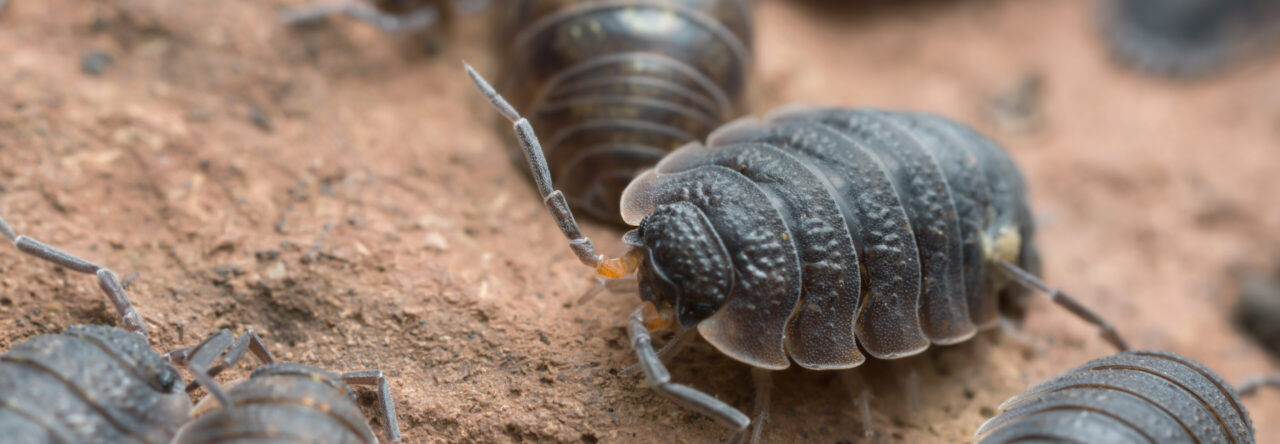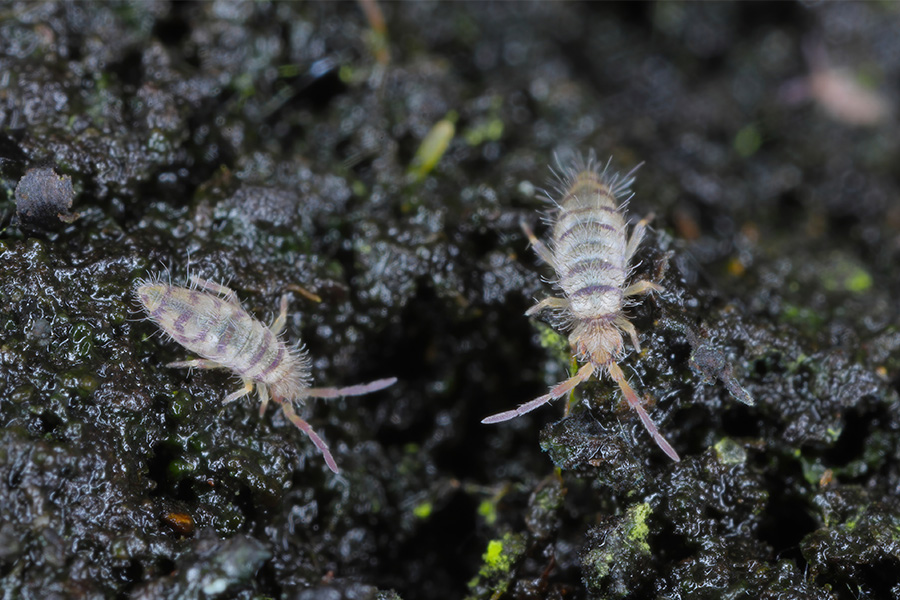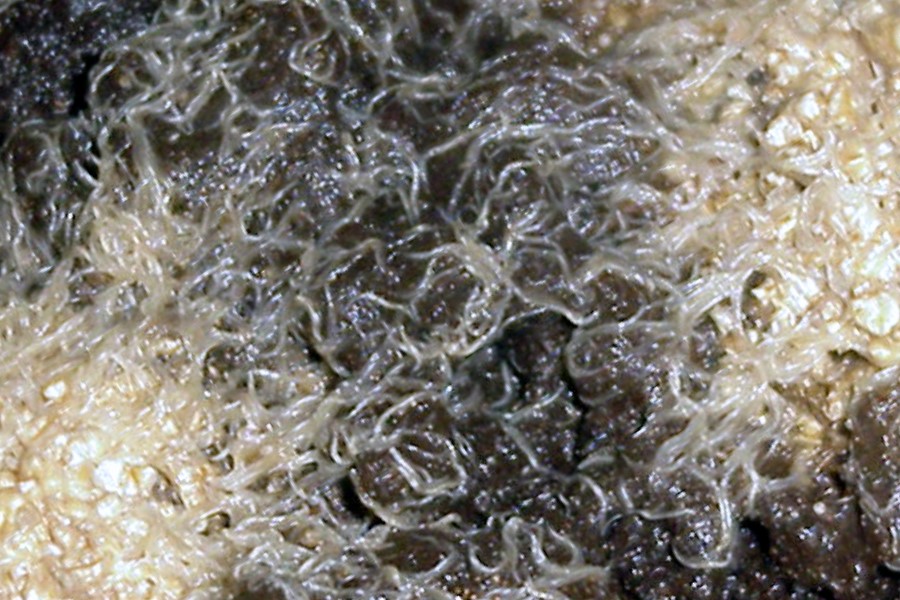In the realm of live food cultures, springtails emerge as unsung heroes, offering a plethora of benefits for both the ecosystem and pet enthusiasts. These tiny, soil-dwelling creatures, known scientifically as Collembola, are more than just a food source; they are vital players in the decomposition process, aiding in nutrient recycling and soil health.
For pet owners, especially those with reptiles, amphibians, or fish, cultivating a springtail culture provides a sustainable and nutritious food option that mimics the natural diet of many pets. This comprehensive guide will walk you through the essentials of starting, maintaining, and utilizing a thriving springtail culture.
Understanding Springtails
Springtails are minuscule, often less than 6mm in length, and thrive in moist environments rich in organic matter. Despite their small size, their role in the ecosystem is monumental. They break down decaying plant material, contributing to the nutrient cycle and supporting healthy soil ecosystems. For pets, they offer a high-protein snack that encourages natural hunting and foraging behaviors.
Why Cultivate Springtails?
Springtail cultures are invaluable for owners of vivariums and terrariums, serving as a clean-up crew that helps manage waste and prevent mold growth. Additionally, they are an excellent source of live food for small amphibians, reptiles, and fish, promoting natural feeding behaviors and providing essential nutrients.
Preparing for Your Springtail Culture
Materials Needed
To start your culture, you’ll need a shallow container with a lid, a substrate (such as charcoal, soil, or coconut coir), distilled water for moisture, and a springtail starter culture. These supplies are readily available at most pet or garden stores or online.
Choosing the Right Environment
Select a location that maintains a consistent temperature and humidity level suitable for springtail growth, typically between 70-80°F with high humidity. Avoid direct sunlight and extreme temperature fluctuations to ensure a stable environment for your culture.
Setting Up Your Springtail Culture
Step-by-Step Setup Guide
- Prepare the Container: Fill your container with the chosen substrate to a depth of about 2 inches.
- Moisten the Substrate: Use distilled water to dampen the substrate, ensuring it is moist but not waterlogged.
- Introduce Springtails: Add your starter culture to the container, gently spreading them over the surface of the substrate.
Introducing Springtails to the Culture
Once added, cover the container with its lid to maintain humidity but ensure there are small air holes for ventilation. Place the container in your chosen location, and you’re all set!
Maintaining Your Springtail Culture
Feeding Your Springtails
Springtails feed on microscopic fungi that grow on decaying plant matter. Feed them rice flour, yeast, or vegetable scraps, sprinkling the food lightly over the substrate every few weeks.
Moisture and Humidity Management
Check the moisture level of your culture regularly, adding distilled water as needed to keep the substrate damp. Avoid overwatering, as excessive moisture can lead to mold growth and harm your culture.
Avoiding Common Pitfalls
To prevent mold, only feed as much as your springtails can consume in a few days. If you notice mold growth, reduce feeding and remove any visible mold. If the substrate dries out, gently rehydrate it without flooding the container.
Harvesting and Using Your Springtails
Harvesting Techniques
To harvest springtails, lightly mist one side of the container to encourage them to move to the surface, then gently scoop or tap them into your pet’s enclosure. For a more automated approach, some hobbyists create a “migration” setup that allows springtails to move into a secondary container on their own.
Incorporating Springtails into Vivariums and Pet Diets
Introduce harvested springtails directly into your pet’s enclosure, where they can burrow into the substrate and continue to reproduce, providing a continuous food source. For vivariums, adding springtails helps establish a bioactive environment that naturally decomposes waste and maintains a healthy ecosystem.
A Note on Co-Cultivation with Other Cultures
It’s crucial to highlight that springtails, while beneficial in many ways, can become pests if they invade Grindal and Whiteworm cultures. Their shared environmental preferences mean that without careful isolation, springtails can outcompete the worms for food, leading to diminished worm productivity. This underscores the importance of strategic separation in the cultivation of diverse live food sources, ensuring that each culture thrives without impacting the others negatively.
Conclusion
Cultivating a springtail culture is a rewarding endeavor that benefits both your pets and their environment. By providing a natural, sustainable food source, you’re enhancing the quality of life for your amphibian, reptile, or fish pets, while engaging in an eco-friendly practice that supports the planet. With patience and care, your springtail culture will thrive, offering endless benefits to your pet’s habitat and diet.


